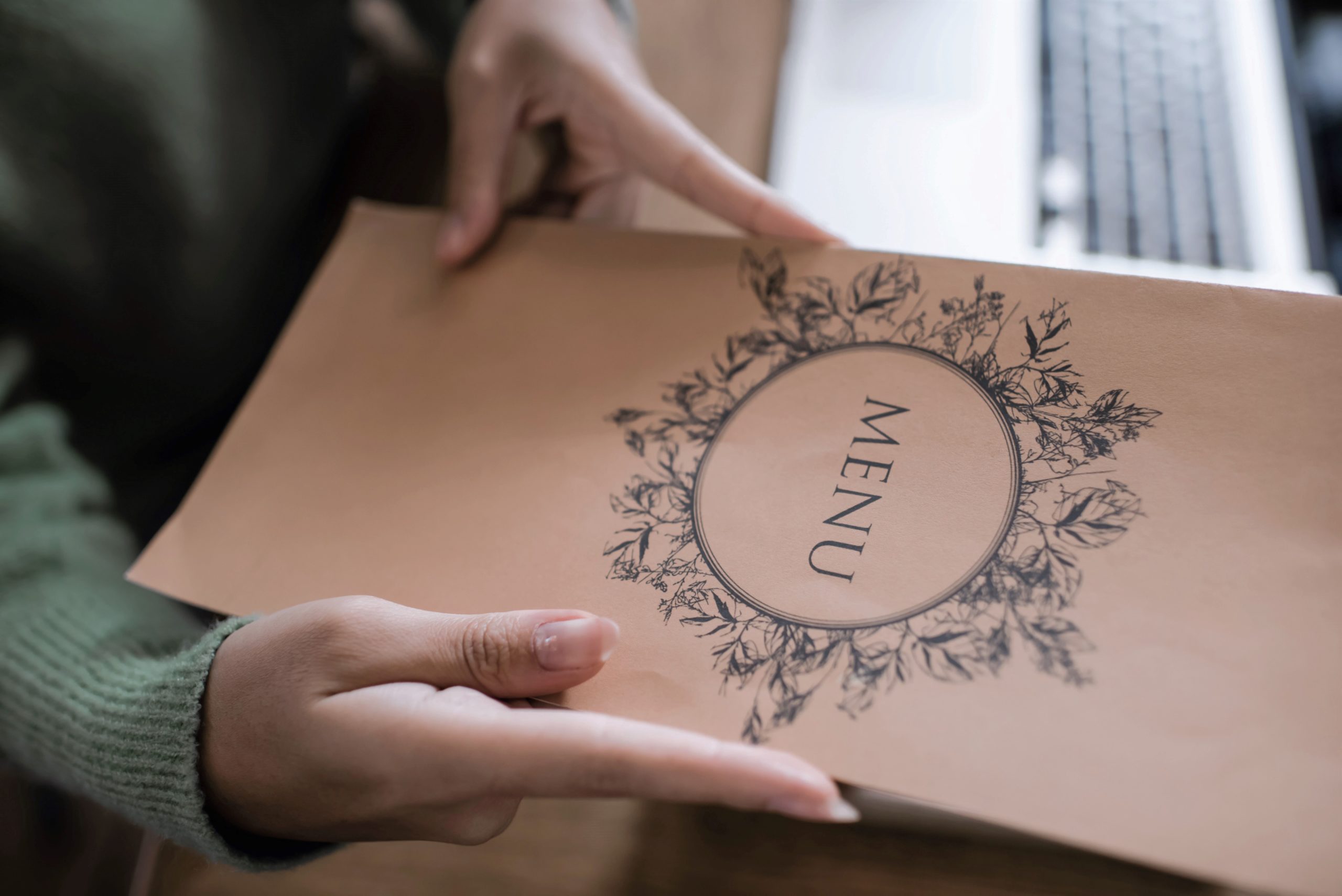Translation of menus for restaurants – the quality of hospitality relies on words

In view of the summer season, a number of restaurants along the seaside commissioned us to translate their menus.
What is it about?
An apparently simple task: aren’t they just a list of words? But if the restaurant in question is mid- to high-end, and if the chefs apply all of their creativity, both in the kitchen and in the description of the dishes, things can get quite complicated for the translator.
Actually, culinary traditions are never trivial: food is intimately linked with culture, language, sensations and emotions. Translating a menu means accompanying guests who are on holiday in a foreign country and guiding them towards an experience in taste and conviviality.
What does the project look like?
The restaurateurs wanted the menus translated into English and German, to cater for the ever-growing clientele from Austria and Germany and all the other northern and eastern European nationalities that choose the Adriatic coast for their holidays.
The project was carried out at different times and for different restaurants, all united by an attentive search for quality, which is reflected in refined cuisine as well as in the words chosen to describe the dishes. The menus to be translated were divided into categories: as well as the conventional division into starters, first courses, main courses and desserts, there were also meat and fish specialities, fried dishes, aperitifs, menus for special occasions and Easter and spring menus. Traditional dishes and more exotic recipes, combinations of ingredients near and far to create original tastes and combinations. Each menu provided information next to the name of the dish on the origin and the processing of the ingredients and the list of allergens, which is extremely important for the health and peace of mind of guests as well as compulsory by law.
How was the translation work organized?
The project was only possible due to patient teamwork. The translation of the menus was assigned to two experienced professionals: competent in gastronomy and food and skilled in the choice of the most suitable linguistic outputs. This was followed by careful revision and management work, in contact with the restaurants and chefs that had created the dishes, in order to standardize translation choices, clarify any uncertainties and find the creative solutions of the Italian menu in the best way possible.
What were the challenges and the strategies chosen?
Translation of menus, and for the catering sector in general, require more than others a great deal of work to balance the choices of whether to translate or not, between the need to preserve specialness and differentness for the tourist in search of a new experience and the need to explain and clarify. The great difficulty lies in the fact that each language shapes reality according to various criteria: thus a vegetable that to us has a clear and definite name, in another language may have more than one name, or no name at all because it is not part of the agricultural and culinary tradition of that country. Fish and seafood are some of the most tricky ingredients both for the cook and the translator: it is important to consult specialised encyclopedias and dictionaries. Preparation and cooking techniques are part of a national – when not regional – cultural heritage: this is where explaining a dish becomes a real challenge, all the more so when space is reduced to a single line.
To sum up:
Awful examples of translated menus are so numerous and obvious that it is easy to see that this is a slippery slope. Rather than the superficiality of do-it-yourself, we prefer proper reflection and careful wording, which do justice to the entire hospitality and food and wine sector: from producers of raw materials to chefs, from restaurant staff to tourism promotion bodies. For fair and sincere, truly high-quality hospitality.
Find out about other translation projects.